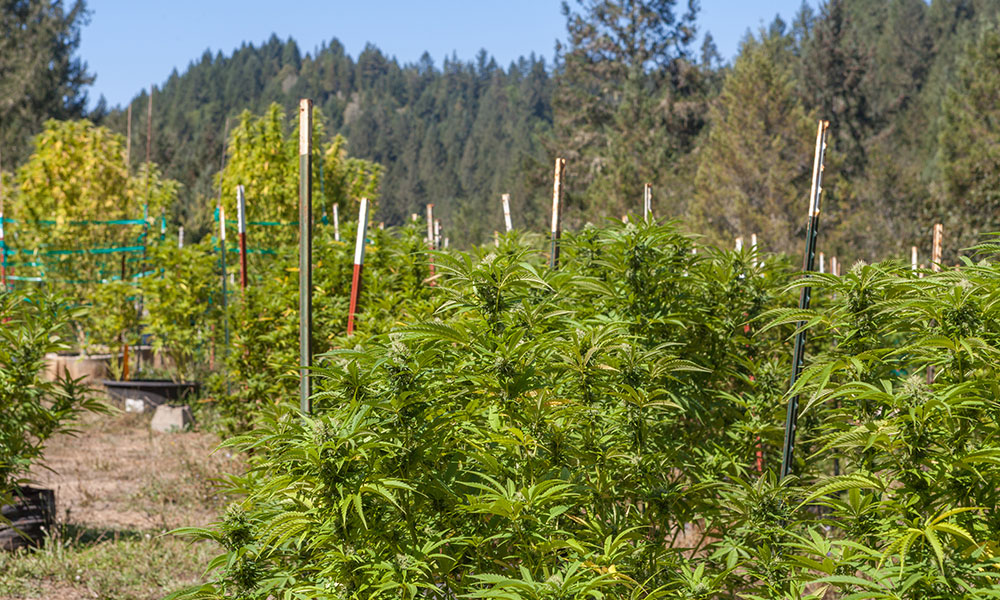In the past, cannabis cultivation has gradually developed in remote areas of California near streams. Routine cultivation, in many of these areas, results in damage to water streams and wildlife. Hence, this policy was established in 2017 to protect the in streamflow and water quality related to cannabis cultivation. This can be achieved by reducing the extent of disruption while the development of a new cultivation site and performing clean up tasks, replanting or mulching in order to mitigate any impacts to native vegetation or restoration of vegetation to pre-cannabis cultivation status.
 The policy covers 800 miles of coastline including multiple mountain ranges that covers 14 regions: Klamath, Upper Sacramento, North Eastern Desert, North Coast, Middle Sacramento, Southern Sacramento, North Central Coast, Tahoe, South Central Coast, San Joaquin, Mono, Kern, South Coast, and South-Eastern Desert. Nine of these 14 regions are considered priority regions for diverting in stream water flow and are Klamath, Upper Sacramento, North Coast, Middle Sacramento, Southern Sacramento, North Central Coast, South Central Coast, San Joaquin, and South Coast.
The policy covers 800 miles of coastline including multiple mountain ranges that covers 14 regions: Klamath, Upper Sacramento, North Eastern Desert, North Coast, Middle Sacramento, Southern Sacramento, North Central Coast, Tahoe, South Central Coast, San Joaquin, Mono, Kern, South Coast, and South-Eastern Desert. Nine of these 14 regions are considered priority regions for diverting in stream water flow and are Klamath, Upper Sacramento, North Coast, Middle Sacramento, Southern Sacramento, North Central Coast, South Central Coast, San Joaquin, and South Coast.
Specifically, under this policy, direct discharge of waste materials in surface water bodies is prohibited and requires the execution of techniques that prevent the mobilization of constituents of concerns via stormwater to surface water bodies or groundwater. Further, the policy requires that pesticides should be applied in compliance with instructions provided on labels and other regional/state regulations. Pesticides must be stored and used in a manner that they do not accidentally end up entering the waterbodies of the state. Wastewater constituents, such as hydroponic or irrigation tailwater generated during indoor cannabis cultivation, must be discharged in compliance with the rules of Regional or State Water Board.
Resource:
https://www.waterboards.ca.gov/water_issues/programs/cannabis/docs/staff_report.pdf



